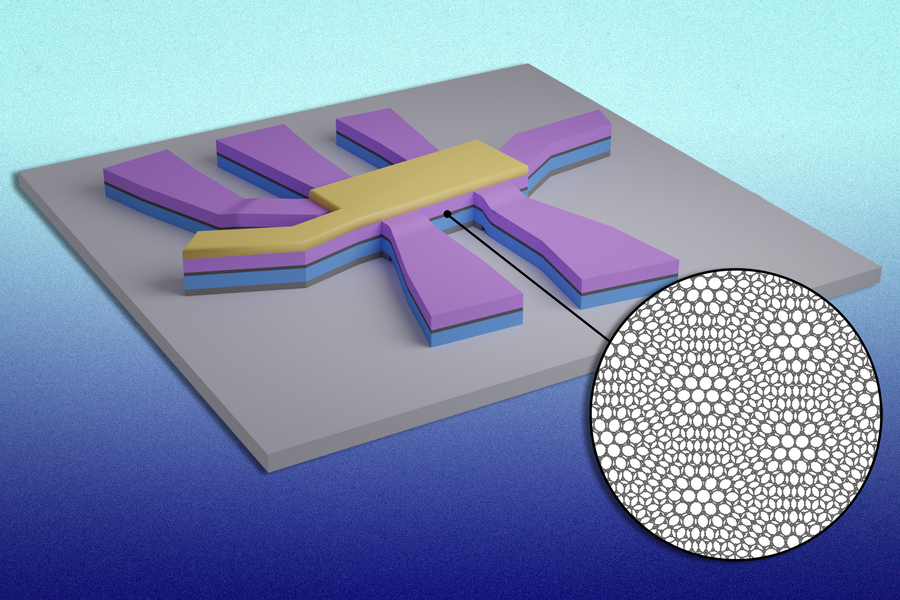
“All things are numbers,” avowed Pythagoras. Today, 25 centuries later, algebra and mathematics are everywhere in our lives, whether we see them or not. The Cambrian-like explosion of artificial intelligence (AI) brought numbers even closer to us all, since technological evolution allows for parallel processing of a vast amounts of operations.
Progressively, operations between scalars (numbers) were parallelized into operations between vectors, and subsequently, matrices. Multiplication between matrices now trends as the most time- and energy-demanding operation of contemporary AI computational systems...
Read More









Recent Comments